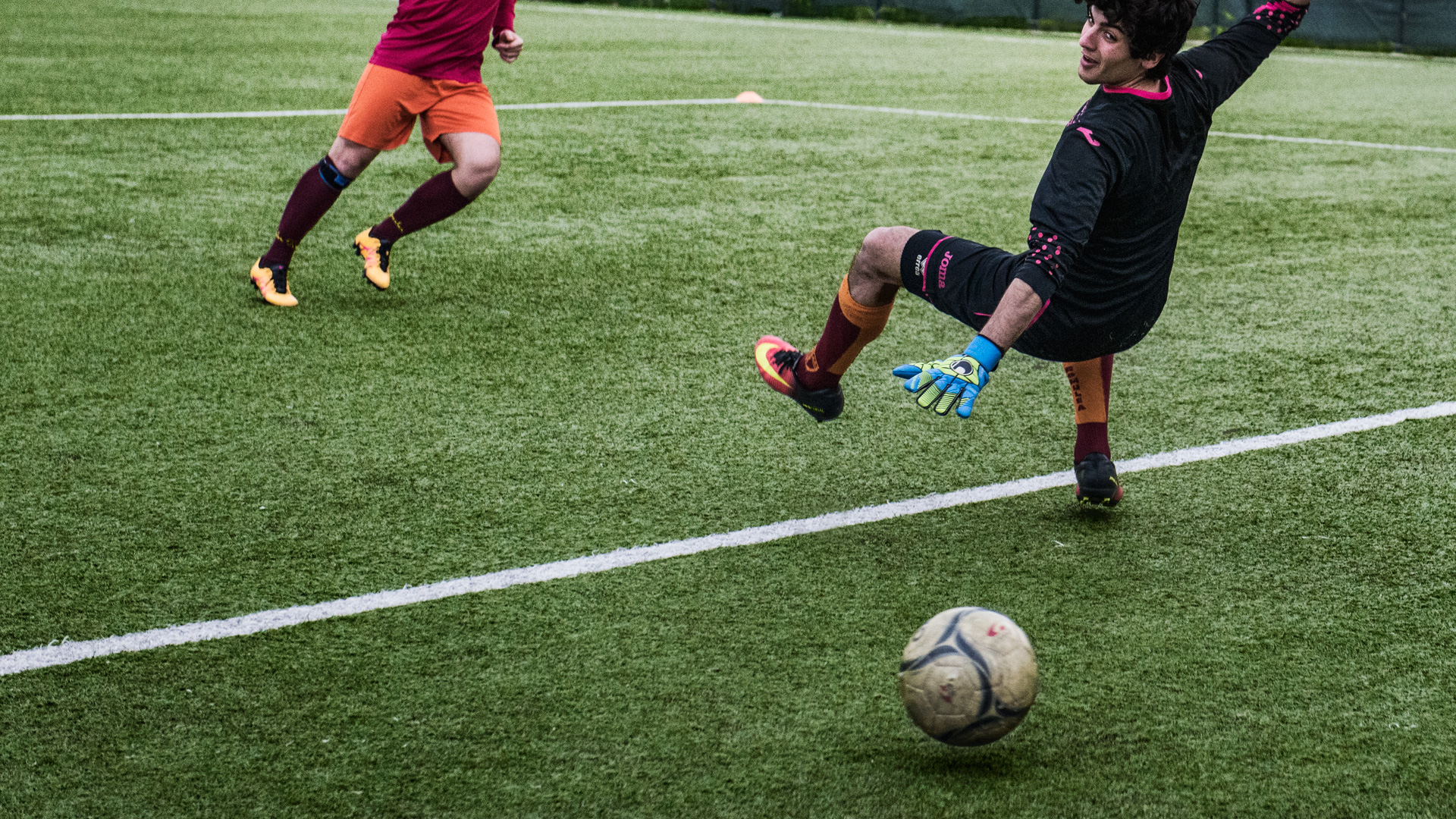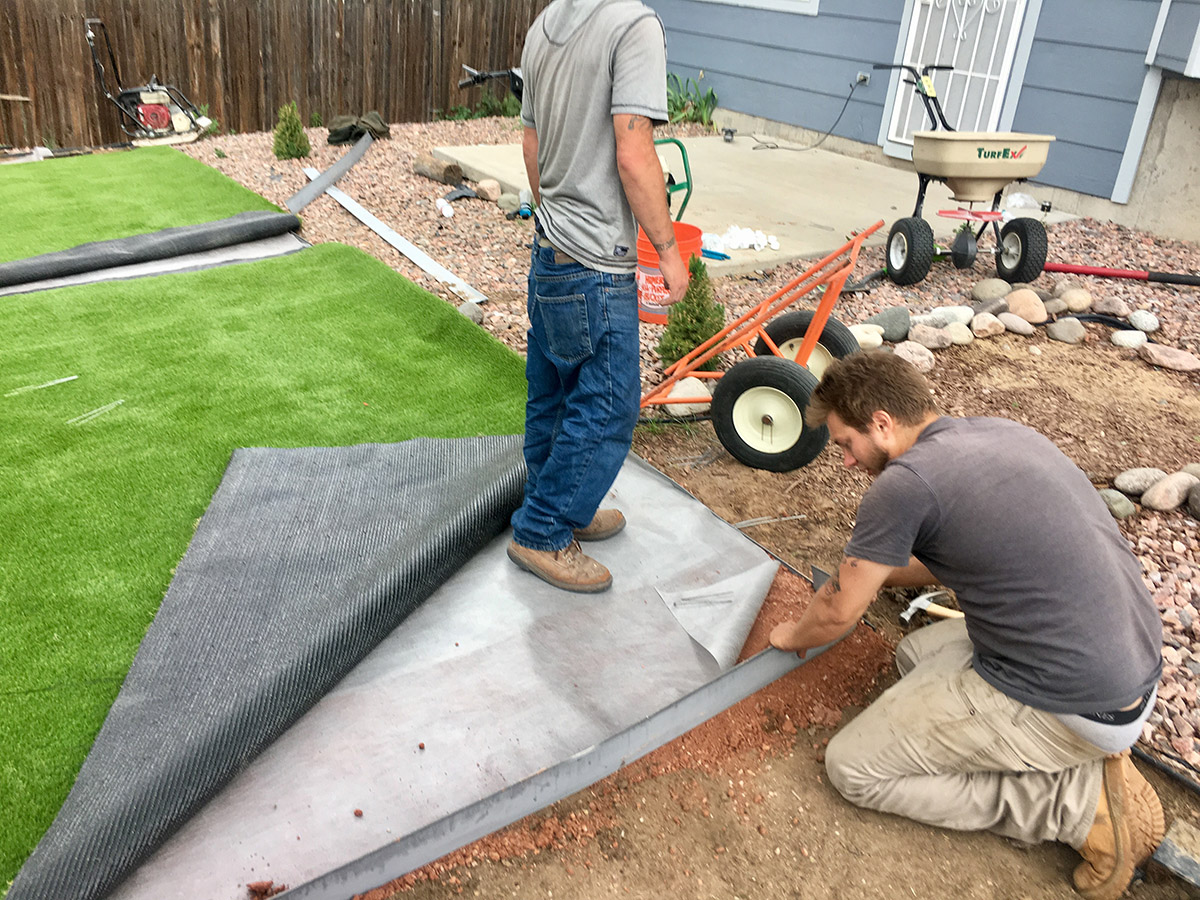Professional Arizona Turf Installation Solutions for Home and Commercial Use
Professional Arizona Turf Installation Solutions for Home and Commercial Use
Blog Article
See Why Homeowners Prefer Synthetic Grass for Lasting Landscaping Practices
As homeowners increasingly focus on sustainability in landscaping, artificial turf has arised as an engaging choice to traditional lawn. What stays to be explored is the complete range of benefits that synthetic turf can provide to property owners and the setting alike.
Water Preservation Perks
One of the most substantial benefits of artificial grass is its role in water conservation. In comparison, synthetic lawn removes this demand totally, as it does not require watering.
In addition, the setup of synthetic grass can add to a much more sustainable landscape. House owners can significantly decrease their water bills, enabling for reallocation of sources to various other environmental initiatives or family uses. In addition, synthetic grass is created to hold up against numerous climatic conditions without the demand for supplementary watering, making it an optimal selection for regions dealing with water scarcity.
The environmental benefits expand beyond instant water cost savings. By reducing water consumption, synthetic grass helps to minimize the influences of environment change, maintaining vital ecosystems that are endangered by excessive water removal. As lasting landscape design practices gain grip, synthetic grass arises as a liable option for property owners looking for to develop environmentally friendly exterior areas.
Lowered Maintenance Initiatives
Man-made lawn considerably lowers upkeep efforts contrasted to traditional lawn lawns. With artificial grass, house owners can remove the lengthy jobs connected with all-natural landscaping, such as mowing, fertilizing, and weeding. This not just conserves beneficial time but also reduces physical labor, making lawn treatment accessible for individuals of any ages.
Among one of the most remarkable benefits is the lack of normal mowing. Conventional grass need frequent trimming to maintain an aesthetically pleasing height, whereas synthetic turf stays regularly lush without the demand for cutting. Furthermore, property owners no more need to use chemicals or plant foods, which are typically needed to maintain natural yard healthy. This change not only lightens the workload but likewise promotes a neater, a lot more uniform look year-round.
Additionally, artificial lawn is durable and durable, needing minimal upkeep past occasional brushing and washing to eliminate particles. This simplicity of upkeep enables property owners to enjoy their outdoor spaces without the continuous fear of maintenance, giving more time for recreation and family tasks. Ultimately, the lowered upkeep initiatives related to artificial grass make it an enticing alternative for those seeking a low-maintenance, visually appealing landscape.
Ecological Impact Decrease
There is an expanding recognition of the environmental advantages linked with synthetic grass, especially in regards to water conservation and reduced chemical use. Standard yards require considerable amounts of water, especially in drought-prone regions, leading to boosted strain on local water sources. In contrast, man-made lawn gets rid of the requirement for irrigation, considerably minimizing water consumption and advertising sustainability.
In addition, conventional lawn maintenance commonly entails the application of chemicals, herbicides, and plant foods, which can add to soil and water pollution. Synthetic grass alleviates this environmental threat by requiring very little upkeep and basically eliminating the requirement for hazardous chemicals. This not just enhances soil health however likewise safeguards local ecosystems from harmful overflow.
Additionally, the manufacturing of natural turf lawns generally includes using nonrenewable fuel sources for mowing and landscaping equipment, more adding to greenhouse gas emissions. visit this web-site By picking artificial turf, house owners can considerably reduce their carbon footprint connected with yard care tasks.
Aesthetic Charm and Convenience
In addition to its environmental benefits, synthetic grass provides significant aesthetic allure and flexibility for landscaping. Homeowners can attain a rich, environment-friendly appearance year-round, getting rid of the seasonal changes typically linked with natural lawn. This consistent aesthetic not just enhances the aesthetic allure of a residential or commercial property yet additionally adds to a well-maintained and refined look.
Moreover, fabricated turf is available in a variety of textures, designs, and colors, enabling customization to match individual choices and layout styles - Artificial turf companies phoenix. Whether utilized in household yards, industrial spaces, or recreational areas, it can seamlessly integrate into diverse landscape design layouts, from contemporary minimalist to rich tropical setups
The adaptability of synthetic grass expands beyond simple appearance; it can be set up in different places, consisting of rooftops, outdoor patios, and also indoor spaces, creating opportunities for one-of-a-kind landscape design options. In addition, it is ideal for a variety of tasks, from kids's backyard to pet-friendly environments, giving performance without compromising design.
Inevitably, the visual appeal and versatility of fabricated grass make it an appealing choice for house owners seeking sustainable landscape design options that do not compromise beauty for environmental duty.

Long-Term Price Cost Savings
One of the most compelling advantages of artificial turf is its potential for long-term cost financial savings. Unlike all-natural grass, which requires routine upkeep-- consisting of mowing, watering, fertilizing, and insect control-- man-made lawn dramatically reduces these ongoing expenses.
Furthermore, synthetic grass has a life expectancy of 15 to 25 years, relying on its high quality and use. This toughness minimizes replacement costs, making it an extra affordable option in the lengthy run. The initial financial investment in man-made turf can frequently be recouped through the financial savings built up over time.
While the in advance price might seem greater compared to sod installment, the collective cost savings from decreased upkeep and water usage often exceed these initial expenses. Ultimately, the fostering of synthetic grass not just promotes a lasting landscaping remedy however also uses house owners click to read more a financially find out here wise alternative that aligns with long-term budgeting goals.
Verdict
Artificial lawn emerges as a compelling option for sustainable landscape design, supplying significant advantages in water conservation, minimized maintenance initiatives, and diminished ecological effect. As neighborhoods significantly focus on eco friendly practices, the adoption of man-made turf stands for a progressive step toward accomplishing resistant and sustainable landscapes.
Additionally, man-made lawn is made to withstand various weather conditions without the demand for supplemental watering, making it a perfect selection for areas facing water deficiency. (Arizona turf)

Artificial lawn arises as a compelling alternative for lasting landscaping, providing substantial benefits in water preservation, minimized upkeep efforts, and reduced environmental effect.
Report this page